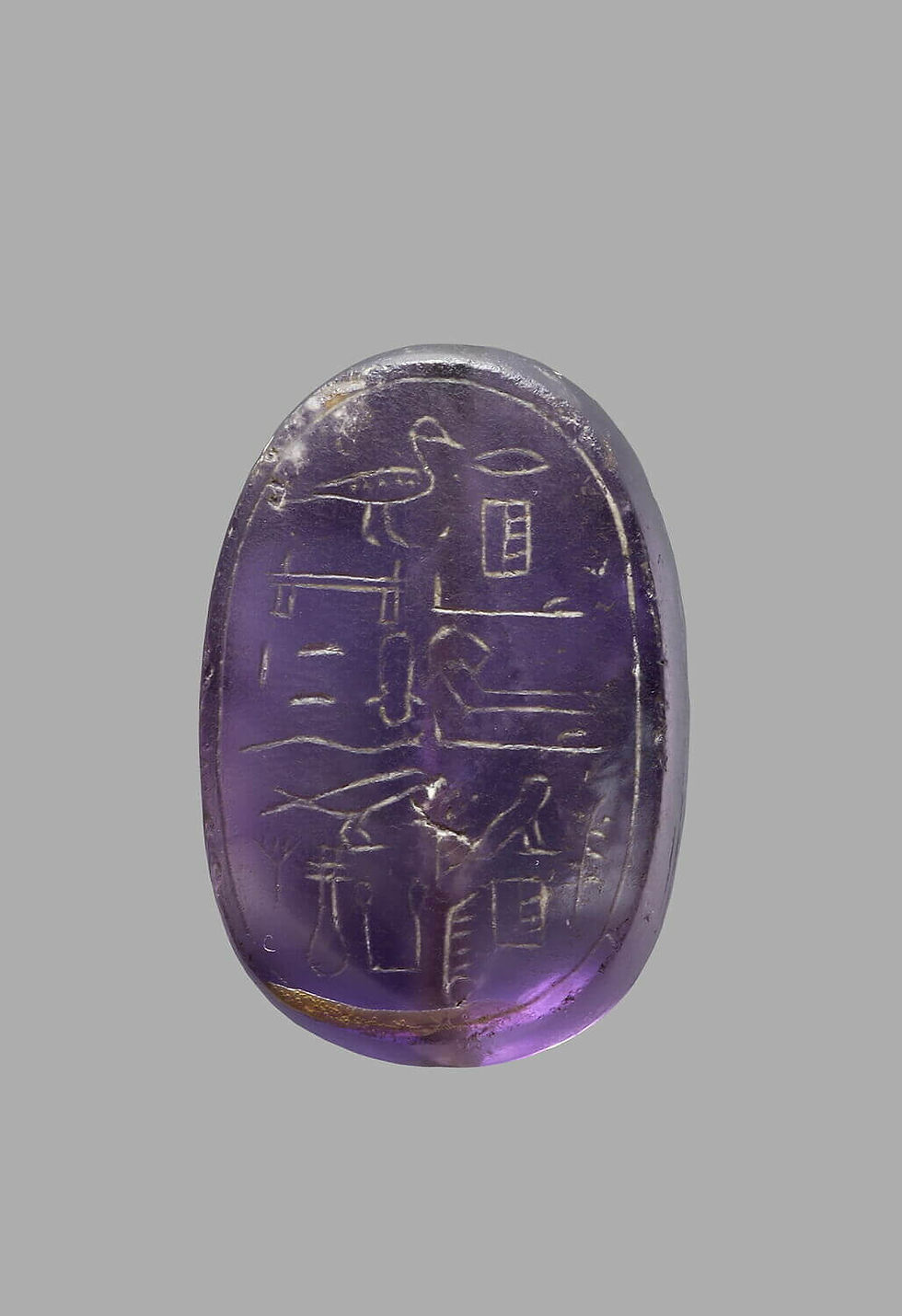Unveiling the Allure of Amethyst: Exploring February's Royal and Mystical Birthstone
- henrischattanooga
- Feb 20
- 3 min read
February’s birthstone, amethyst, is a gemstone steeped in history, royalty, and legend. With its striking violet hues and captivating properties, this quartz variety has been cherished for centuries by kings, queens, and mystics alike. Whether worn in ancient Egyptian jewelry, adorning royal crowns, or believed to ward off intoxication, amethyst remains one of the most fascinating gemstones in history.
Amethyst in Royal Jewels: A Stone Fit for Kings and Queens

Amethyst has long been associated with royalty, not only for its rich purple color—historically the color of nobility—but also for its rarity before large deposits were discovered in Brazil. European monarchs favored the stone, incorporating it into their crown jewels and regalia.
Some of the most famous royal amethyst pieces are the Kent Demi Parure, treasured heirlooms in the British Royal Family. A parure is a matching set of jewelry, usually intended to be worn together. The word comes from the French verb parer, which means "to adorn". A full parure may include a necklace, earrings, brooch, bracelet, ring, and tiara. A demi-parure is a smaller set of at least two matching pieces, such as a necklace and earrings. Royal parures can include up to 16 pieces, such as buttons, stomachers, and aigrettes.
These stunning pieces were originally owned by Queen Victoria’s mother, the Duchess of Kent, and have since been passed down through generations of British queens. Current ownership is unknown due to a private sale in recent years.


Russian royalty also adored amethyst, with Catherine the Great known for her extensive collection of the gemstone. Even today, amethyst remains a regal choice, appearing in modern jewelry collections of royal families worldwide.
This photo features a pair of Girandole earrings owned by Catherine The Great. A girandole is an earring design in which three dangling pear-shaped ornaments are suspended from a central bow motif.
Amethyst in Ancient Egypt: A Stone of Protection and Power

The ancient Egyptians held amethyst in high regard, using it for both practical and spiritual purposes. Egyptian artisans crafted amulets, beads, and engraved signet rings from amethyst, believing the stone provided protection in battle and safeguarded against evil. Pharaohs and high-ranking officials often wore amethyst jewelry as a symbol of status and divine favor.
Archaeologists have uncovered amethyst scarabs and other artifacts in tombs, suggesting the gemstone was believed to offer guidance in the afterlife. Additionally, Egyptian soldiers wore amethyst into battle, trusting in its supposed power to enhance courage and prevent harm.
The Unique Properties of Amethyst: More Than Just a Pretty Stone
Amethyst is more than a stunning gemstone—it has long been linked to various metaphysical and healing properties:

• Sobriety and Clarity: The ancient Greeks believed amethyst could prevent intoxication. The name “amethyst” comes from the Greek word amethystos, meaning “not drunken.” They would carve drinking goblets from the stone, hoping to stay clear-headed while indulging in wine.
• Healing and Spirituality: Many cultures associate amethyst with calmness, balance, and spiritual insight. It is often used in meditation and crystal healing to promote inner peace and wisdom.
• Color-Changing Properties: While most amethysts are a deep purple, exposure to heat can alter their color. When heated, amethyst can transform into citrine, a golden-yellow variety of quartz, or even become colorless.

A Birthstone of Timeless Elegance
Whether you’re drawn to amethyst for its regal connections, its rich history in ancient Egypt, or its unique metaphysical properties, this February birthstone continues to captivate jewelry lovers around the world. From exquisite royal jewels to protective talismans of the past, amethyst remains a symbol of strength, wisdom, and luxury—making it a perfect gemstone for anyone born in February.
Looking to add a touch of royal elegance to your collection? Visit Henri’s and explore our selection of stunning amethyst jewelry—where timeless beauty meets modern sophistication.








Comments